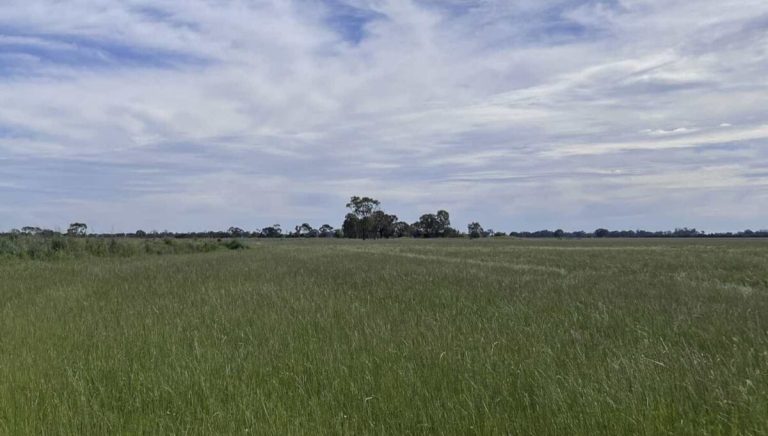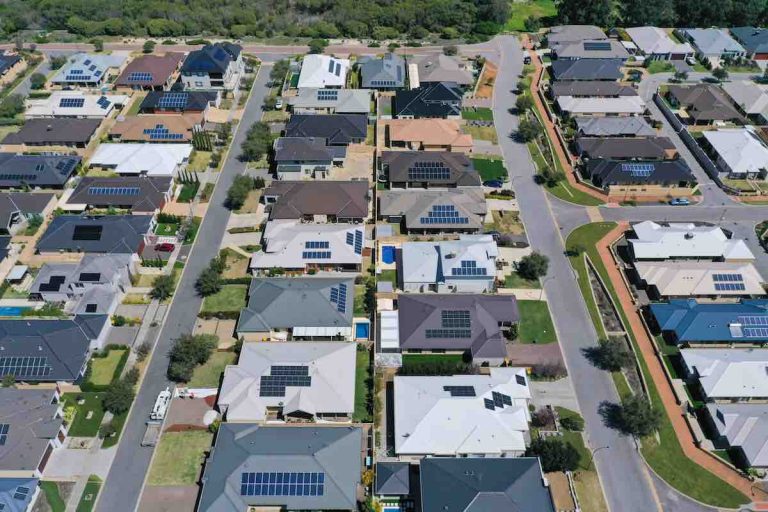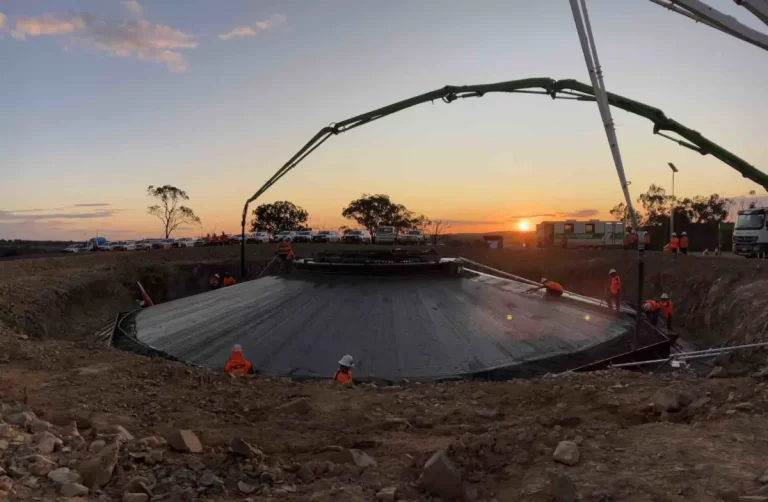Massive 70 GW Wind and Solar Project Seeks Federal Approval
A groundbreaking wind and solar project, set to become the largest in the world, is in the works for a remote desert area in south-east Western Australia. The ambitious plan involves the installation of 70 gigawatts of wind and solar capacity, which is equivalent to the country’s main grid.
The Western Green Energy Hub, a collaboration between InterContinental Energy based in Singapore, CWP Global, and Mirning Green Energy Ltd (MGEL) – a commercial arm of Mirning Traditional Lands Aboriginal Corporation (MTLAC), has recently been submitted for federal environmental approval. The project is described as a large-scale initiative aimed at producing value-added products, with a focus on green ammonia production.
Scope of the Project
The scale of the Western Green Energy Hub is truly impressive, with plans to establish up to 35 “nodes” each consisting of around 2-3 GW of wind and solar capacity. Additionally, each node will feature a 1.5 GW electrolyser and/or data centre at its core. The project is expected to be implemented in seven stages, culminating in the installation of a total of 70 GW of renewable energy generation capacity. This will involve approximately 60 million solar modules and up to 3,000 wind turbines.
Aside from the renewable energy infrastructure, the project will also include a range of supporting elements such as electrolysers, substations, water and hydrogen pipelines, an ammonia production and storage facility, a desalination plant, and a construction camp that will accommodate thousands of workers.
Environmental Impact and Challenges
The proposed Western Green Energy Hub is set to cover around 2.29 million hectares of pastoral leases and crown lands, spanning hundreds of kilometres from Eucla to Cocklebiddy and beyond. The project, which is planned to be developed over a 30-year period, aims to produce an impressive 3.5 million tonnes of green hydrogen annually.
However, the project is expected to face significant challenges during the environmental approval process, with opposition already emerging from various groups, including the Bob Brown Foundation. The Environmental Protection Authority of Western Australia has highlighted the need for a detailed assessment to determine the project’s impacts on the environment, particularly in terms of land clearing, habitat disruption, and potential collisions with wildlife.
Despite the complexities and challenges ahead, the CEO of the Western Green Energy Hub, Ray Macdonald, has expressed a commitment to thorough investigations and collaboration with stakeholders to ensure the project progresses responsibly.
Public comments on the project’s EPBC referral documents are open until February 07, providing an opportunity for stakeholders to engage with the proposal.
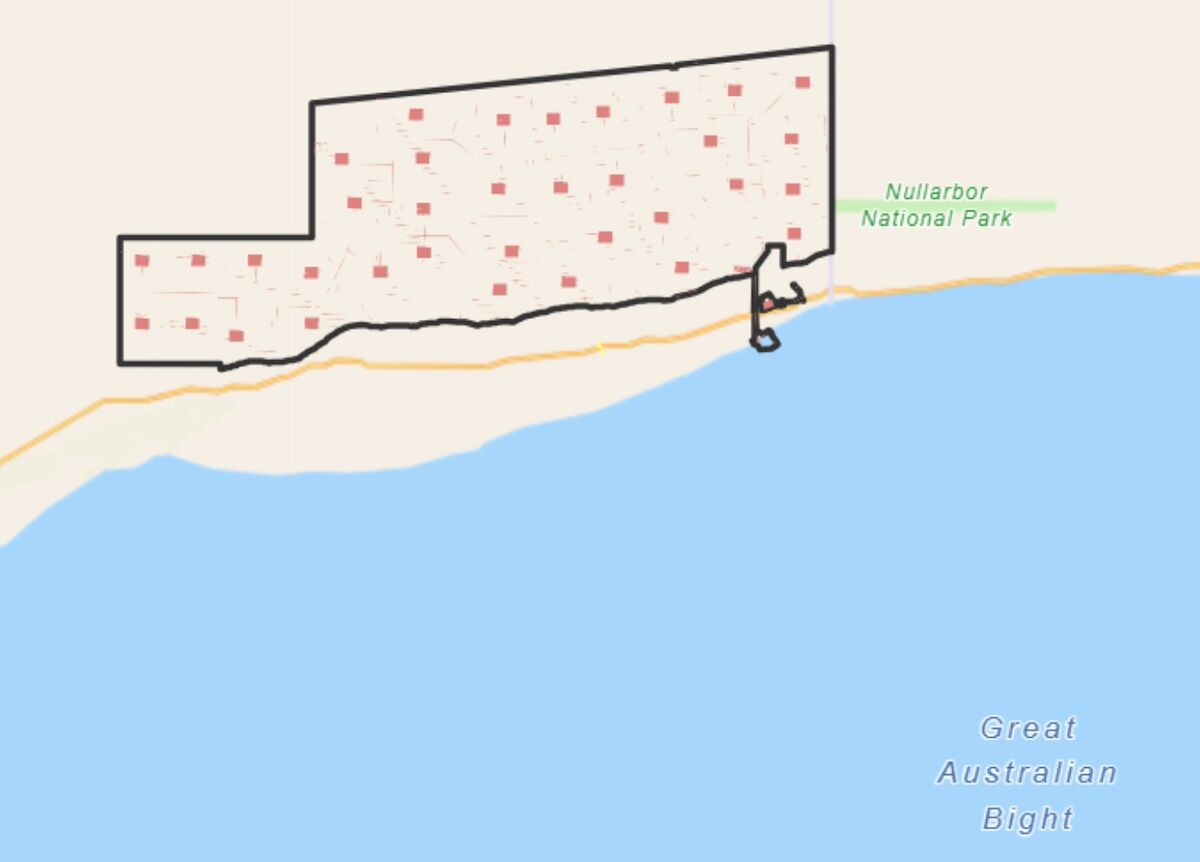
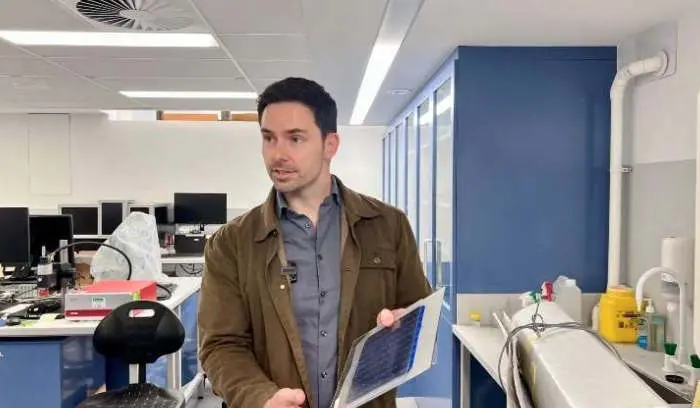
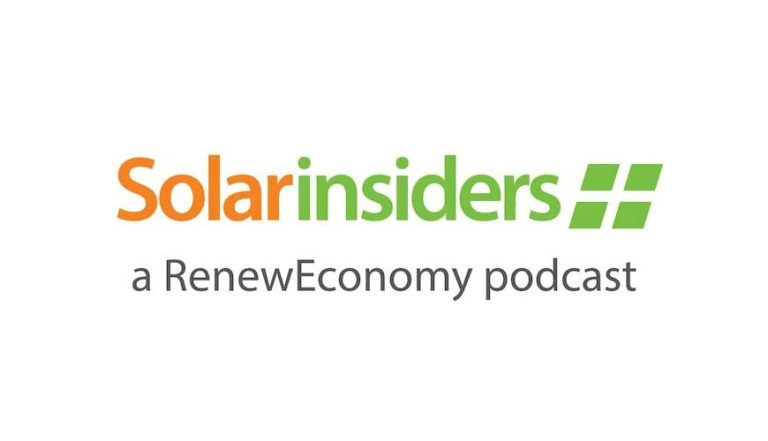
75-768x476.jpg)
